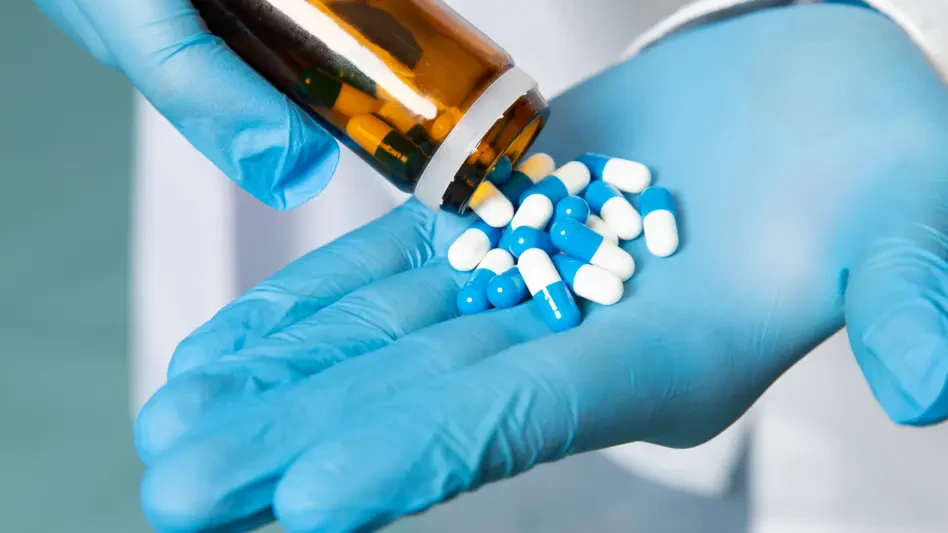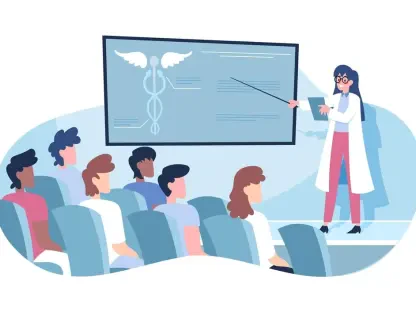I’m thrilled to sit down with Faisal Zain, a renowned healthcare expert with deep expertise in medical technology and manufacturing. With years of experience in the production of diagnostic and treatment devices, Faisal has a unique perspective on the evolving landscape of pharmaceutical regulation and innovation. Today, we’re diving into the FDA’s recently announced pilot program aimed at accelerating the regulatory review of generic drugs through domestic production incentives. Our conversation will explore the goals of this initiative, the challenges of overseas manufacturing, the intricacies of regulatory pathways, and the broader implications for national security and patient access to medicines.
Can you walk us through the core purpose of the FDA’s new pilot program for generic drugs?
Absolutely. The FDA’s pilot program is designed to encourage the domestic manufacturing of generic drugs by offering a faster regulatory review process. The primary goal is to reduce the U.S.’s heavy reliance on overseas production, which currently accounts for over half of the pharmaceuticals distributed here. By incentivizing drugmakers to source ingredients and produce finished products within U.S. borders, the program aims to strengthen the domestic supply chain, enhance national security, and ultimately ensure better access to affordable medicines for patients.
Why is there such a strong emphasis on bringing generic drug manufacturing back to the U.S.?
The push for domestic production stems from significant concerns about overreliance on foreign manufacturing. When more than half of our drugs are made overseas, it poses risks to both national security and patient access. If there’s a geopolitical issue or supply chain disruption abroad, it could severely limit the availability of critical medications. Additionally, producing drugs domestically can reduce costs and delays associated with foreign inspections, making the process more efficient while supporting U.S. jobs and infrastructure.
What are the key eligibility criteria for drugmakers to participate in this pilot program?
To qualify, drugmakers must meet strict requirements focused on domestic production. This means sourcing active pharmaceutical ingredients (APIs) and manufacturing the final drug product within the U.S. Furthermore, any required bioequivalence testing—which ensures the generic drug works the same as the original—must also be conducted domestically. These rules are part of a broader strategy to rebuild the U.S. pharmaceutical ecosystem and minimize dependence on foreign supply chains.
Can you explain why bioequivalence testing in the U.S. is such a critical component of this program?
Certainly. Bioequivalence testing is essential to prove that a generic drug performs identically to its branded counterpart. When this testing happens overseas, it can complicate oversight and slow down the FDA’s review process due to the need for international inspections, which are more time-consuming and costly. Conducting these tests in the U.S. not only speeds up approvals but also strengthens our research and development infrastructure by keeping expertise and resources stateside.
The FDA highlighted that only 9% of API manufacturers are based in the U.S. compared to much higher percentages in countries like China and India. What’s behind this disparity?
The imbalance in API production largely comes down to cost and regulatory differences. Manufacturing APIs in countries like China and India is often cheaper due to lower labor costs and less stringent environmental regulations. Over time, many U.S. companies shifted production overseas to cut expenses. However, this has left the U.S. vulnerable to supply chain disruptions. The pilot program, along with other initiatives, seeks to reverse this trend by making domestic production more attractive through faster reviews and other incentives.
How does the typical FDA review process for generic drugs work, and what challenges arise when testing is done abroad?
Under the standard abbreviated new drug application (ANDA) pathway, generic drugs must demonstrate bioequivalence to an already approved drug through clinical testing. The FDA reviews these applications to ensure safety and efficacy. When testing is conducted overseas, challenges include logistical hurdles for inspections, differences in regulatory standards, and potential delays in communication. These issues can drag out the approval timeline and increase costs, which is why domestic testing is seen as a way to streamline the process.
Since the FDA hasn’t specified how much faster reviews will be under this pilot program, what’s your sense of what ‘faster’ could look like for drugmakers and patients?
While exact timelines aren’t clear yet, ‘faster’ likely means a significant reduction compared to the standard ANDA review process, which can take months or even years depending on the complexity. For context, other priority review programs, like those for branded drugs addressing urgent health needs, can cut timelines down to a few months. A shorter review under this pilot could help drugmakers bring generics to market quicker, reducing costs for them and, ultimately, lowering prices for patients while improving access.
There’s also a separate FDA pilot program for branded drugs focused on domestic production. How does it differ from the generic drug initiative?
The branded drug pilot program, introduced earlier this year, shares the goal of boosting domestic production but targets drugs that meet specific national health interests, like addressing security-related health crises. A key difference is the reward structure—qualifying branded drugs can earn a voucher for a two-month review, which is a very specific and aggressive timeline. The generic program doesn’t outline such precise benefits yet. As for participation, it’s possible a drugmaker could engage in both if they have eligible products in each category, though they’d need to meet the distinct criteria for each.
What is your forecast for the impact of these domestic manufacturing incentives on the future of the U.S. pharmaceutical industry?
I’m cautiously optimistic. These programs could be a game-changer if they’re paired with sustained policy support and investment. Over the next decade, we might see a gradual shift in manufacturing capacity back to the U.S., especially for critical drugs and APIs, which would bolster supply chain resilience and national security. However, the industry will need consistent incentives and infrastructure development to compete with lower costs abroad. If successful, this could also spark innovation in manufacturing technology and strengthen patient trust in the reliability of their medications.









